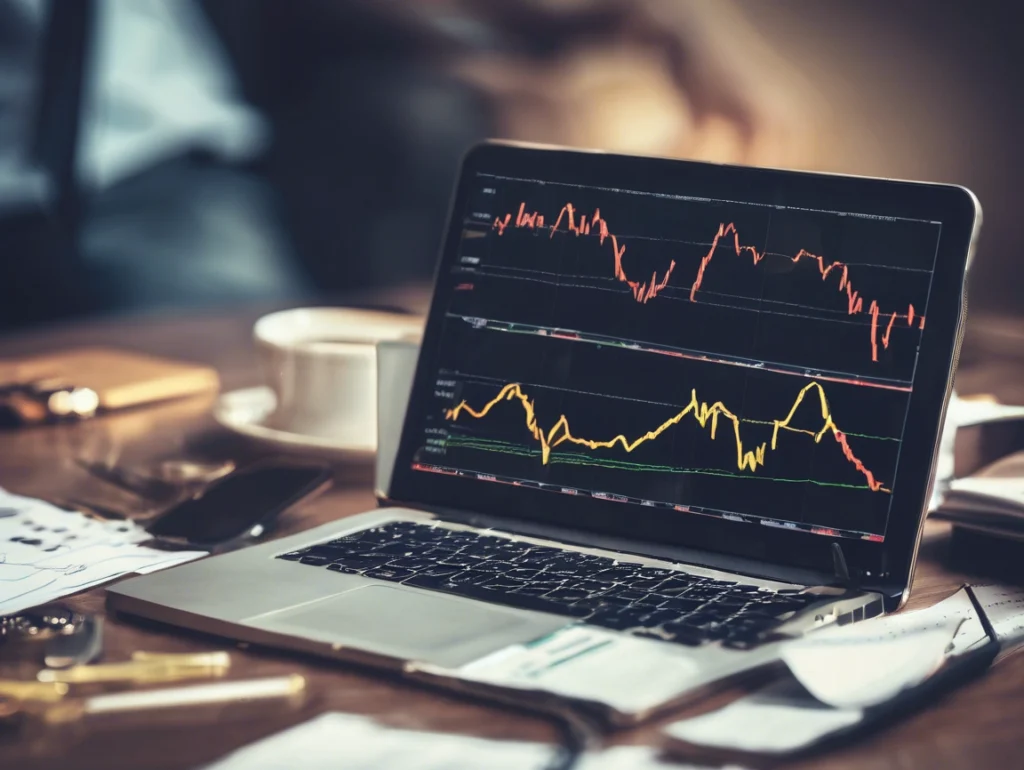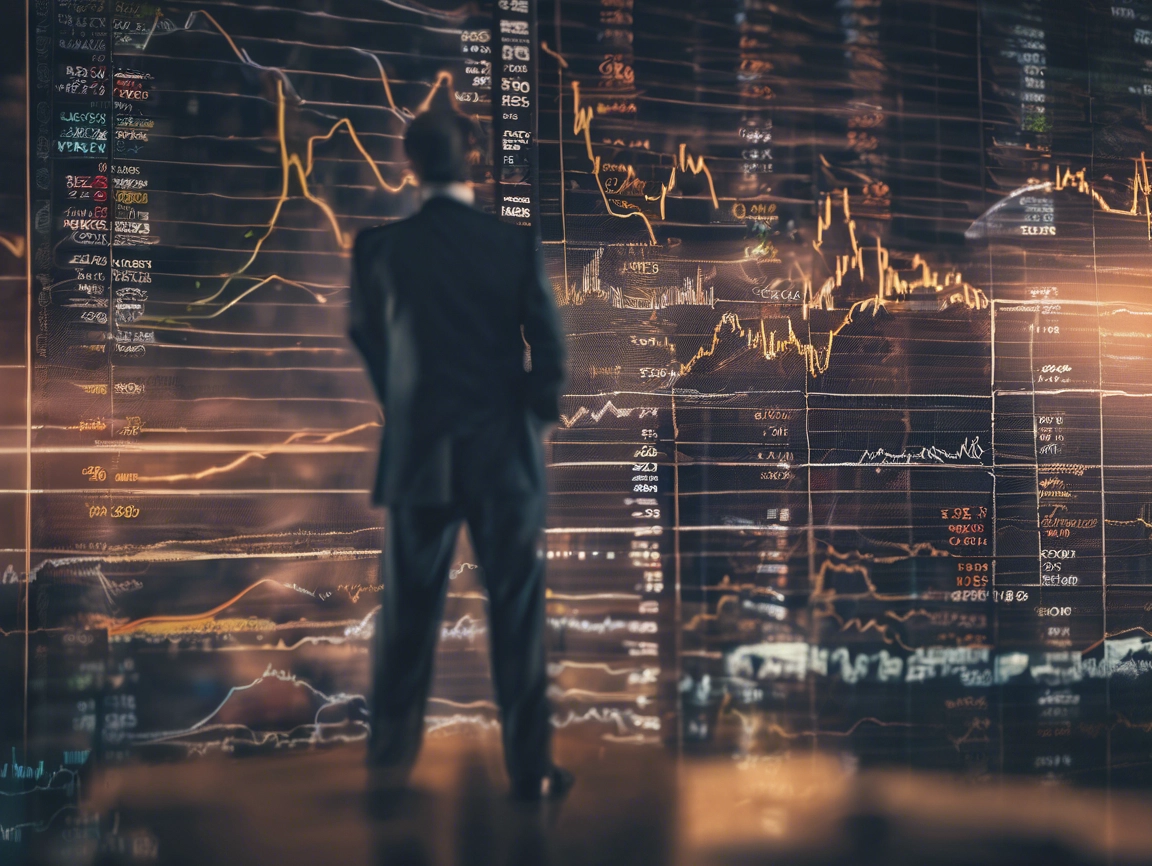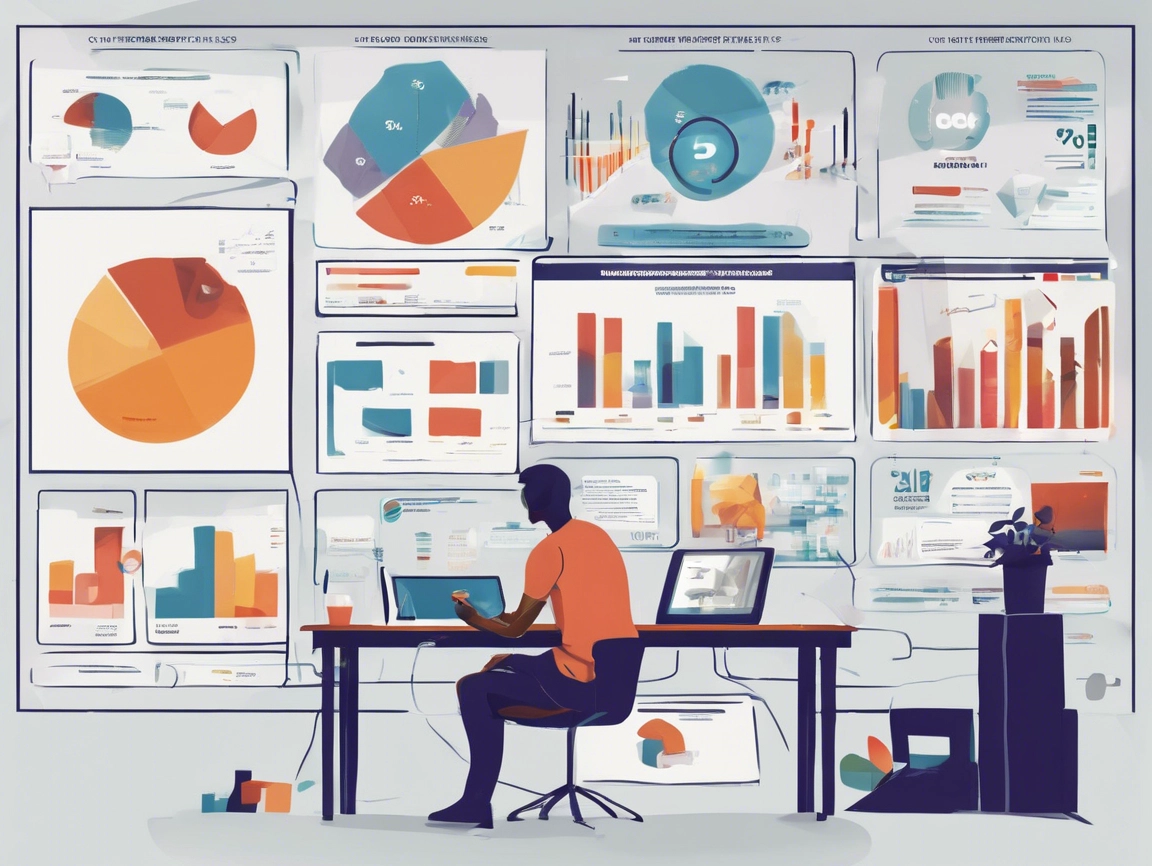By Cap Puckhaber, Reno, Nevada
I’m Cap Puckhaber, a marketing professional, amateur investor, part-time blogger, and outdoor enthusiast. Today on SimpleFinanceBlog.com, we’re going to break down one of the most talked-about, yet often misunderstood, topics in finance: the S&P 500. We’ll explore its history, how it works, the real risks involved, and why, despite all the scary headlines and market volatility, it remains a cornerstone of my own long-term investment strategy. This guide is designed to give you, the beginner investor, the confidence to understand its role in your portfolio.
What Is the S&P 500?
You hear the term thrown around all the time on the news. “The S&P 500 is up today!” or “The S&P 500 tumbled on recession fears!” It sounds important, and it is. At its core, the Standard & Poor’s 500, or S&P 500, is simply a stock market index. Think of it as a giant, curated list of 500 of the largest and most influential publicly traded companies in the United States.
It’s not just a random list, though. It’s a market-capitalization-weighted index. That’s a fancy way of saying that the bigger the company (in terms of its total stock value), the more impact its price changes have on the index’s overall value. So, when giants like Apple or Microsoft have a great day, they pull the whole index up more than a smaller company on the list would. Because of this, the S&P 500 is widely considered the best single gauge of large-cap U.S. equities. It’s like a report card for the health of corporate America.
The index as we know it today, with 500 companies, was introduced way back in 1957. It was created to provide a broad, impartial look at the overall market’s performance, and it’s been doing that job ever since.
S&P 500 Inclusion Criteria
Not just any company can make it onto the S&P 500. There’s a committee at Standard & Poor’s that has a strict set of criteria a company must meet to be considered for inclusion. This is part of what makes the index so stable and reliable.
Here are some of the main requirements:
- Market Capitalization: The company must have a market cap of at least $15.8 billion. This ensures it’s a significant player.
- U.S. Based: The company has to be American, with a plurality of its assets and revenues based in the U.S.
- Profitability: It must be financially viable, having posted a profit in its most recent quarter, as well as over the cumulative four most recent quarters.
- Liquidity: The stock has to be actively traded, with an annual dollar value traded to float-adjusted market capitalization ratio of at least 1.0. This prevents illiquid stocks from skewing the index’s value.
- Public Float: At least 50% of the company’s outstanding shares must be available for public trading.
This selection process acts as a quality filter. The companies in the S&P 500 aren’t scrappy startups; they are established leaders like Johnson & Johnson, Amazon, Visa, and PepsiCo. They’re built to last.
Historical Performance: A Story of Resilience
The history of the S&P 500 is a story of booms, busts, and an incredibly resilient upward march. It has weathered world events, recessions, financial crises, and pandemics. And every single time, it has recovered and climbed to new heights.
Let’s look at the numbers. According to data you can track on sites like Yahoo Finance, the S&P 500 has delivered an average annual return of roughly 10% to 12% since its inception. Of course, that’s an average. Some years are spectacular, and others are downright brutal. We saw the dot-com bubble burst, which led to a 49% drop between March 2000 and October 2002; the 2008 financial crisis, which saw the index fall 57% from its 2007 peak; and the sharp COVID-19 crash in early 2020, when the market dropped 34% in just over a month.
Each of those downturns felt like the end of the world at the time. But if you look at a long-term chart, those massive crashes appear as mere blips on a steady, upward-climbing line. This is the single most important lesson for any investor: time in the market beats timing the market. The S&P 500’s history proves that patience is rewarded.
Understanding the Risks of S&P 500 Investing
This brings us to the question that’s on everyone’s mind, especially when the headlines get scary. Is investing in the S&P 500 risky? The honest answer is: it depends on your timeline.
In the short term? Absolutely, it’s risky. The market is volatile. You’ll see news that legendary investors like Warren Buffett are selling their S&P 500 ETF holdings or that Bank of America is forecasting a major decline. This kind of news can be terrifying, and it causes many people to panic-sell at the worst possible moment. But this is just market noise. These predictions are about short-term movements.
If your timeline is long—say, 10, 20, or 30 years—the risk profile changes dramatically. As we just saw, the market has always recovered from downturns. The real risk isn’t a market crash; it’s not being invested to capture the recovery and subsequent growth. As financial guru Dave Ramsey often preaches, the key is to stay the course. Investing in the S&P 500 for retirement isn’t a get-rich-quick scheme; it’s a get-rich-slowly-and-surely plan.
The New Engine: The AI and Tech Surge
Since the start of 2023, much of the S&P 500’s growth has been supercharged by the technology sector, and more specifically, the artificial intelligence revolution. This has some people worried, drawing parallels to the dot-com bubble. Is this time different? I believe it is.
Unlike many of the dot-com companies that had no profits and flimsy business models, today’s tech leaders in the S&P 500—companies like Nvidia, Microsoft, Google, and Meta—are immensely profitable. They aren’t just talking about AI; they are actively building and implementing it to drive real-world efficiency and create new revenue streams.
- Healthcare: AI is accelerating drug discovery and personalizing patient care, with companies like UnitedHealth Group using it to analyze vast datasets to improve health outcomes.
- Finance: It’s being used for everything from fraud detection, where a firm like JPMorgan Chase can spot suspicious activity in milliseconds, to automated investment management.
- Manufacturing: AI-driven predictive maintenance, used by companies like Caterpillar, keeps factories running and supply chains smooth by anticipating equipment failures before they happen.
This isn’t just hype. It’s a fundamental shift in how business is done. The companies in the S&P 500 are at the forefront of this transformation. As you can read in-depth on sites like Investopedia, AI is poised to unlock trillions of dollars in economic value, and the S&P 500 is in a prime position to benefit. This tech surge is less of a bubble and more of a new foundation for future growth.
How to Invest in the S&P 500
So, you understand the what and the why. Now for the how. The great news is that investing in the S&P 500 is easier than ever. You don’t have to go out and buy 500 individual stocks. Instead, you can buy a single investment that tracks the entire index.
There are two main ways to do this:
- Index Funds: These are mutual funds that hold the stocks of all 500 companies in the index. You buy shares directly from the fund provider (like Fidelity or Vanguard). A couple of the most popular S&P 500 index funds are the Fidelity 500 Index Fund (FXAIX) and the Vanguard 500 Index Fund (VFIAX).
- Exchange-Traded Funds (ETFs): These are very similar to index funds, but they trade on a stock exchange just like a regular stock. This means their price fluctuates throughout the day. The most famous S&P 500 ETF is the SPDR S&P 500 ETF Trust (SPY), but others like the iShares CORE S&P 500 ETF (IVV) and the Vanguard S&P 500 ETF (VOO) are also extremely popular.
For most beginners, either an index fund or an ETF is a fantastic choice. They offer instant diversification and low fees, which is a combination that’s tough to beat. You can use resources like [suspicious link removed] to compare different funds and find the one that’s right for you.
Conclusion: Playing the Long Game for Financial Success
Navigating the world of investing can feel overwhelming. There’s always some new crisis or “unprecedented” event that makes you want to hide your money under a mattress. But by understanding the principles of the S&P 500, you can cut through the noise. You have a simple, powerful, and historically proven tool for building wealth.
It represents the innovation and resilience of America’s top companies. It has its ups and downs, but over the long haul, the trend is clear. So yes, politics will be volatile and recessions will come and go. But if you focus on your long-term goals and stay invested, you’re putting the power of American enterprise to work for you.
For more investing tips and simple breakdowns of complex financial topics, subscribe to SimpleFinanceBlog.com. Have a question or want to share your own investing journey? Leave visit my Contact page and drop me a note.
New to Simple Finance Investing in Stocks, ETFs & Index Funds for Beginners
Cap Puckhaber’s latest take on A Beginner’s Guide to Traditional And Roth IRA
Check out my latest blog CDs vs. T-Bills: Your Complete Beginner’s Guide to Safe &; Smart Investing
New to Simple Finance Stock Valuation 101: A Beginner’s Guide to P/E Ratio &; Market Cap
Investing Blog for Beginners
Hosted by Cap Puckhaber of Black Diamond Marketing Solutions, this investing blog offers daily articles on investing, savings, bonds, interest rates, mortgages, and more.



About the Founder / Author
Cap Puckhaber is a seasoned marketing strategist and finance writer, based in Reno, Nevada with over 20 years of experience investing, marketing and helping small businesses grow.
He offers expert advice on how to save for retirement, how to use a retirement calculator and the difference between T-Bills and CDs.
He shares actionable insights on how to promote your business locally for free and on trending platforms like X.
He shares his personal investment journey, how to use trade volume to predict breakouts, and his take on covered call strategies.

Follow Cap Puckhaber Online
Connect with Cap Puckhaber on Facebook
See Real-Time Thoughts on X
Read In-Depth Articles on Medium
Subscribe to Cap Puckhaber’s Substack Newsletter
Follow Cap Puckhaber’s Company Page on LinkedIn
View Our Agency Profile on DesignRush
See Cap Puckhaber’s Agency on Agency Spotter
Explore Technical Projects on GitHub
See Cap Puckhaber’s Creative Portfolio on Behance
Learn more about my company on Crunchbase
Join Cap Puckhaber’s Conversation on BlueSky
Follow My Updates on Mastodon

Backpacker, Marketer, Investor, Blogger, Husband, Dog-Dad, Golfer, Snowboarder
Cap Puckhaber is a marketing strategist, finance writer, and outdoor enthusiast from Reno, Nevada. He writes across CapPuckhaber.com, TheHikingAdventures.com, SimpleFinanceBlog.com, and BlackDiamondMarketingSolutions.com.
Follow him for honest, real-world advice backed by 20+ years of experience.


